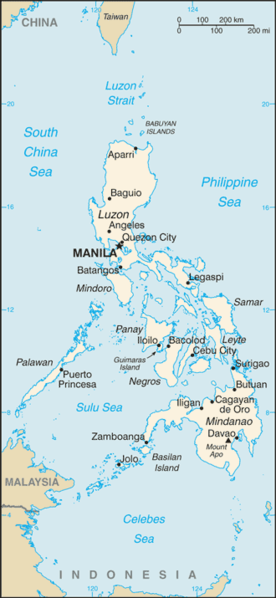After reporting more than 200,000 dengue fever cases the past two years, and more than 1000 dengue related fatalities in 2016 in the Philippines, early 2017 data shows that the dengue case tally is down so far.

The Philippines Department of Health, National Epidemiology Centre has reported 26,433 suspected cases of dengue since the beginning of the year. This compares with 41,170 cases for the same period in 2016, a decrease of 35.8 percent.
In the past 50 years, the incidence of dengue worldwide has increased 30-fold, largely as a consequence of the growth of cities and increased travel.
Dengue fever is an infectious disease carried by mosquitoes and caused by any of four related dengue viruses. This disease used to be called “break-bone fever” because it sometimes causes severe joint and muscle pain that feels like bones are breaking.
People get the dengue virus from the bite of an infected Aedes mosquito. It is not contagious from person to person. For more infectious disease news and information, visit and “like” the Infectious Disease News Facebook page
There are three types of dengue fever in order of less severe to most: the typical uncomplicated dengue fever, dengue hemorrhagic fever (DHS) and dengue shock syndrome (DSS).
The World Health Organization (WHO) estimates there may be 50–100 million dengue infections worldwide every year. However, new research from the University of Oxford and the Wellcome Trust, using cartographic approaches, estimate there to be 390 million dengue infections per year worldwide.
Related:

